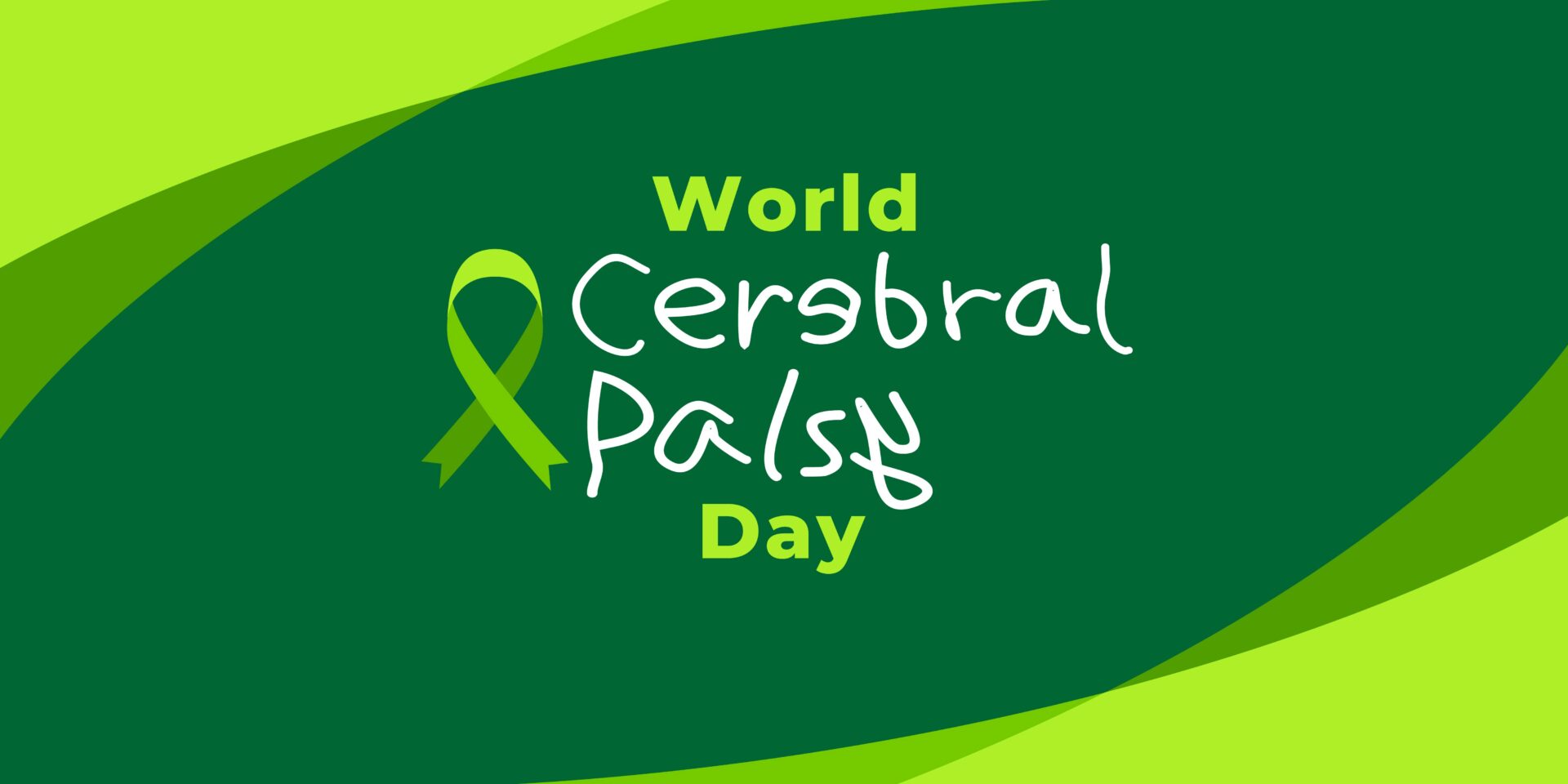Search by Color or Cause


World Cerebral Palsy Day, celebrated every year on October 6, is a global observance that shines a spotlight on cerebral palsy (CP) and its impact on individuals, families and communities. Cerebral palsy (CP) is a group of disorders that affect a person’s ability to move and maintain balance and posture. CP is the most common motor disability in childhood, according to the Centers for Disease Control.
World Cerebral Palsy Day is a global movement that started in 2012. Last year, it reached over 10 million people. It aims to bring together people living with cerebral palsy, their families, supporters and organizations from over 100 countries. All supports aim to ensure a future in which children and adults with cerebral palsy have the same rights, access and opportunities as anyone else in society.
Wear a green awareness pin, green fabric ribbon or green silicone wristband for World Cerebral Palsy Day.
There are more than 17 million people across the world living with cerebral palsy. Another 350 million people are closely connected to a child or adult with cerebral palsy.
Cerebral palsy is a physical disability that affects movement and posture. Many people with cerebral palsy have other related vision, hearing, communication and mobility needs. Its impact can range from a weakness in one hand, to almost a complete lack of voluntary movement.
Cerebral palsy is a complex disability:
Cerebral palsy is a group of conditions that affect movement and posture. It’s caused by damage that occurs to the developing brain, most often before birth.
Symptoms appear during infancy or preschool years and vary from very mild to serious. Children with cerebral palsy may have exaggerated reflexes. The arms, legs and trunk may appear floppy. Or they may have stiff muscles, known as spasticity. Symptoms also can include irregular posture, movements that can’t be controlled, a walk that’s not steady or some combination of these.
Cerebral palsy may make it hard to swallow. It also can cause eye muscle imbalance, in which the eyes don’t focus on the same object. People with the condition might have reduced range of motion in their joints due to muscle stiffness.
The cause of cerebral palsy and its effect on function vary from person to person. Some people with cerebral palsy can walk while others need assistance. Some people have intellectual disabilities, but others do not. Epilepsy, blindness or deafness also might affect some people with cerebral palsy.
There is no cure, but treatments can help improve function. The symptoms of cerebral palsy may vary during the child’s development, but the condition doesn’t get worse. The condition generally stays the same over time.
Symptoms of cerebral palsy can vary greatly. In some people, cerebral palsy affects the whole body. In other people, symptoms might only affect one or two limbs or one side of the body. General symptoms include trouble with movement and coordination, speech and eating, development, and other issues.
Movement and coordination symptoms may include:
These symptoms related to speech and eating may occur:
Some children with cerebral palsy have these symptoms related to development:
Damage to the brain can contribute to other neurological symptoms, such as:
The brain condition causing cerebral palsy doesn’t change with time. Symptoms usually don’t worsen with age. However, as the child gets older, some symptoms might become more or less clear. And muscle shortening and muscle rigidity can worsen if not treated aggressively.